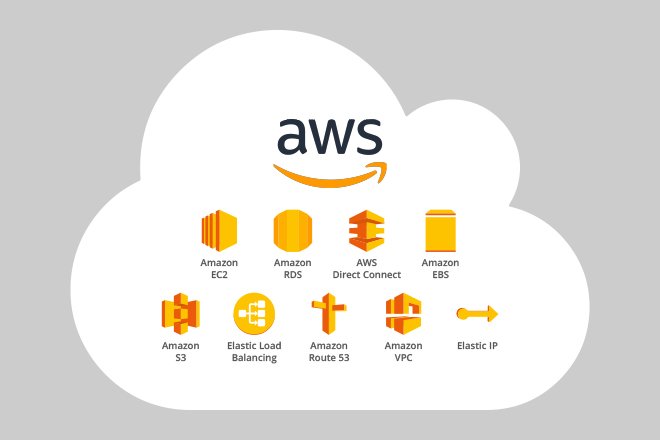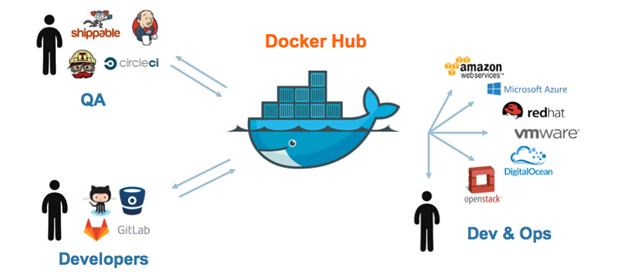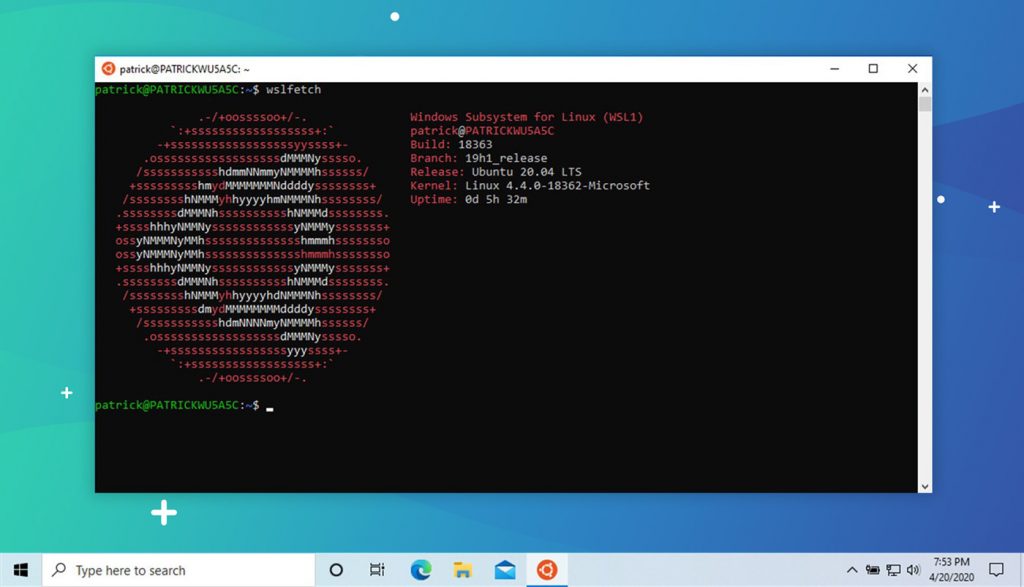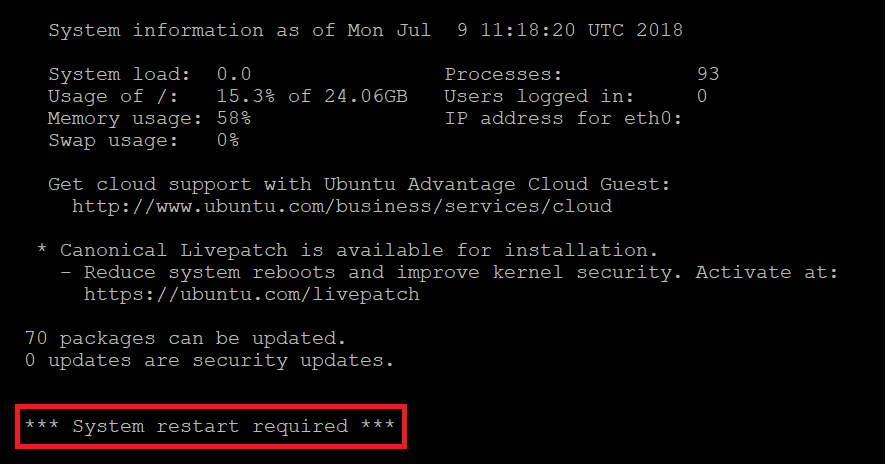Some basic questions about CDN and what for
1. What are the seven requirements of end users that relate to Content Networking?
The seven requirements of end users that relate to Content Networking are performance, availability, anonymity, ubiquity/accessibility, security, privacy, and personalization/relevancy.
2. What are the nine requirements of service providers that relate to Content Networking?
The nine requirements of service providers that relate to Content Networking are security, control, manageability, scalability, flexibility, diversity, customer demographics/data, differentiation, and profitability.
3. What was the original driving factor that led to today’s concept of Content Networking?
The original driving factor that led to today’s concept of Content Networking was performance requirements and to void peering congestion and server constraints.
4. What is a “health check?”
A health check is a test connection of some type sent to a system—often a server, but not always—to ascertain if that service on that system is functioning as expected. A failure means that service on that system won’t be used and a different healthy system must be used instead.
5. What was the original load balancing metric used?
The original load balancing metric used was round robin.
6. What is the most prevalent load balancing metric used? The most prevalent load balancing metric used is Least
Connections–LeastConns.
7. Are server agents an effective tool to improve load balancing metrics?
Server agents are not an effective tool to improve load balancing metrics. The benefit is small for most companies, compared to the cost involved with the type of detailed analysis and management required to make them beneficial rather than useless or even detrimental.
8. What are the most common functions performed by Content Networking devices?
The most common functions performed by Content Networking devices are load balancing, bandwidth management, caching, offload, redirection, and filtering.
9. What is the best data replication method?
The best data replication method depends on the environment and the needs of the business. Many factors must be considered such as data update frequency, purpose of replication (performance vs. availability), and content types.
10. What are the three major types of CDN service?
The three major types of CDN service are Internet CDN, subscriber CDN,
and enterprise CDN.
11. What are the three major types of Internet CDN implementation styles?
The three major types of Internet CDN implementation styles are overlay, peering, and hosting.
12. What are the two main purposes of CDNs?
The two main purposes of CDNs are higher performance and availability.








 Khoá học lập trình game con rắn cho trẻ em
Khoá học lập trình game con rắn cho trẻ em 


